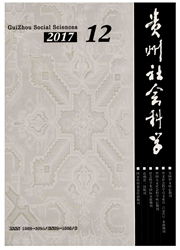

 中文摘要:
中文摘要:
在新石器时代,淮河上游地区既有裴李岗一贾湖文化这样古老的本土文化,又有来自东方的大汶口文化、南方的屈家岭文化和西方的仰韶文化。各种文化在这里传播、碰撞、融合并发生新变,最终产生代表新石器晚期具有集大成意义的河南龙山文化,这种集成文化为中原文化乃至夏、商、周时期中国文化的形成奠定了坚实的基础。淮河上游北部与南部地区表现出不同的特点,在北部的中原地区,文化的冲突更为激烈,文化序列的交替也更为明显,这种现象与传说中的伏羲部族西迁、炎黄部族的东迂和各部族在中原的争夺有很大关系。豫南的淮河主干流地区则呈现出多种文化并存、共同发展的格局,既表现出文化的包融性,也显示其文化南北过渡带的特征。
 英文摘要:
英文摘要:
In the Neolithic age, the upstream of the Huai River area is the intersection of the Peiligang - Jiahu culture and oriental Dawenkou, southern Qu Jia Ling culture and western the Yangshao culture. New changes took on while various cultures made spread, collision, and integration here. As a result, Henan Longshan culture is born on behalf of the late Neolithic, which laid the solid foundation for the Central Plains culture and Xia, Shang, Zhou period of Chinese culture formation.There showed different characteristics between the northern and southern regions in the upper upstream of the Huai River. Cultural conflict was more intense and cultural sequence of alternating was more obvious in the north of the Central Plains region. This phenomenon may have great relationship with the legend of Fuxi tribal moving to the west, Yanhuang tribal to eastward and the other tribes fighting for the central Plains. The south of main stream region of Huai River in Henan Province presented a variety of cultural coexistence and common development pattern, which not only showed the cultural harmony, but also showed the characteristics of its north-south transitional zone.
 同期刊论文项目
同期刊论文项目
 同项目期刊论文
同项目期刊论文
 期刊信息
期刊信息
